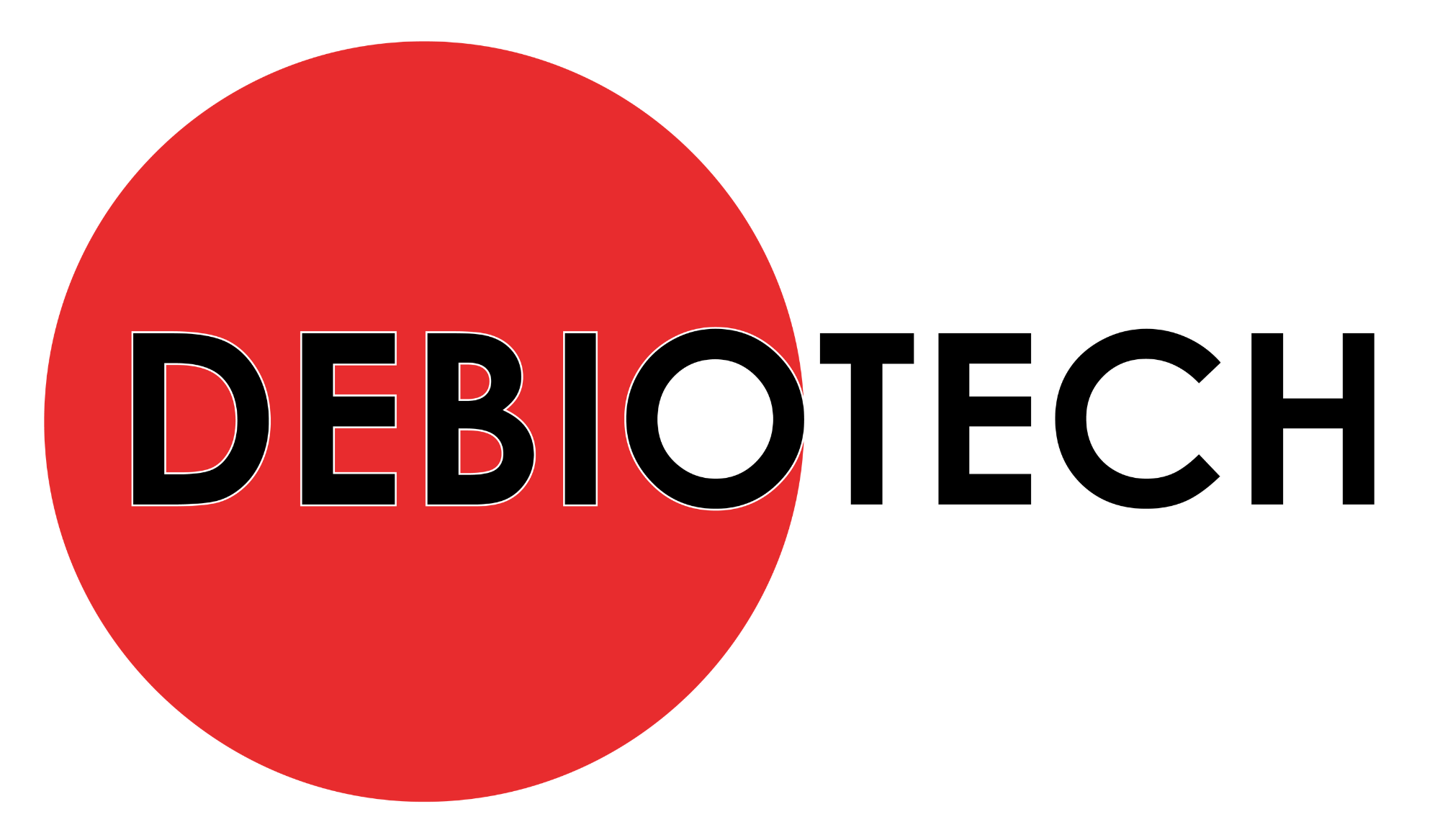
The goal of this publication is to help you in the development of the technical documentation associated to your medical device and in its presentation. The earlier you start with a clear vision of its structure and its presentation for submission, the easier it will be to develop it efficiently without impacting drastically your development activities.
This is the third part of a series of 6 articles on this topic. It focuses on the initiation of technical documentation writing.
Targeted audience
The information gathered in this publication should be particularly useful for:
- Project Managers,
- Quality & Regulatory Managers.
Who handle Technical Documentation writing ?
Once the structure defined and the D&D procedure established, your project team should be able to generate the technical documentation. Review and validation from the quality team to review documents and ensure they have been generated according to the rules set by your QMS are mandatory (for example during gate or phase reviews).
Once your project is at a status that will allow submission (verification and validation test results collected and analyzed and clinical evaluation and design transfer finalized) the project manager, the quality team and the regulatory team can work together to generate your technical files for submission by copying and pasting the necessary subset of your existing documents.
How to handle incomplete technical documentation?
It is usually not recommended to submit incomplete technical documentation. Some activities are mandatory at the early stage of your project, and you cannot forget them in your submission (as for example your different plans: project, quality, usability, risk management, verification, and validation plans). However, as submission date is usually set in advance, it can happen that the status of your project is not as advanced as expected when you signed your contracts with your Notified Body. In this case, it is foreseeable that you do not have the entire set of test results (verification, validation or clinical) you expected, and you should be transparent about it with your Notified Body. In worst cases, you are also missing some components of your system and you cannot even provide a detailed architecture. Cancellation fees for such technical files review is often relatively important that is why we recommend you to be clear on what is not available and when and how you plan to obtain it. This way, you inform the reviewer about what he or she can already review and what will be submitted later. This is in our opinion the best way to proceed in such cases.
Technical documentation content
High level requirements
The Medical Device Regulation states that medical device manufacturers must:
- Prepare technical documentation before placing a product on the market,
- Ensure technical documentation is made available to the market surveillance authorities as soon as the product is placed on the market. For class IIa, IIb or III devices, this technical documentation shall be reviewed by certified Notified Bodies, competent in your technical and clinical field.
- Keep records of technical documentation for 10 years (15 years for implantable devices) from the date the last product has been placed on the market.
The content of this technical documentation is defined in the next chapters.
Authors
 |
Rémi Charrier Business Development Director r.charrier@debiotech.com |
||
|
François Cannehan |
 |
Next steps
Debiotech is glad to have the opportunity to share its knowledge with innovative companies from the MedTech industry. Your feedbacks on this publication are welcome and will be used to update it or to create new publications on topics you care about.
Continue your education on medical device development by:
- Accessing Debiotech historic publications: https://www.debiotech.com/news-grid/
- Following Debiotech on LinkedIn to be notified on new publications: https://www.linkedin.com/company/debiotech-sa
- Contacting us to ask a question or request personalized support: contact@debiotech.com
Debiotech would be proud to be your partner and support you with:
- Medical device design & development services:
- Software: Digital Health, Firmware, Embedded, SaMD
- Electronics: Design, Verification and Validation
- Mechanics: Design for micro-fabrication & fluidics systems
- Supply chain development and optimization
- Support in medical innovation management:
- Market analysis and segmentation
- IP management
- Business plan consolidation
- Partnership development


